Content Sections
The healthcare system is breaking. Put simply, the burden on it from diseased people is simply too great, and it doesn’t work well enough at successfully treating most of the diseases that are the prime burden. That’s why ‘self-care’ is being recognised on all sides of the debate as part of the solution. The trouble is, if it’s just about getting more drugs to people without them having to see their doctor – which is what a lot of people think it’s about – it’s really not going to help us much. It might take the pressure off doctors and hospitals – but the public still loses out. We look at whether tech can make self-care easier.
At ANH-Intl, we think about this differently. We are passionate about people finding ways of staying healthy and preventing diseases without recourse to the mainstream acute medicine or ‘disease management’ system. Amongst our communities are already a wide range of expert practitioners, from integrative medicine doctors and practitioners, through to a range of complementary and traditional systems of medicine practitioners, fitness professionals and health coaches, who are already transforming lives. But not everyone has either the financial capacity or the need to see a practitioner or coach to stay on track.
In this article, we look at some of the available tech out there – starting with a pen and paper at one end of the spectrum and some expensive pulse wave measurement technology at the other end – that can help better support self-care. While these technologies are generally used without a practitioner being present, data that some of them accumulate can be of great importance to help guide practitioners at a later stage.
Technofad or genuinely useful tools?
There has been a huge surge in the growth of ‘wearables’ in recent years with an increasing focus on health-related technologies. Many believe this technology has the ability to transform the way we experience healthcare, interact with healthcare providers and motivate real behavior changes so self-care is no longer an empty aspiration.
It is now possible to track and monitor your health by wearing a tracker on virtually any part of your body along with associated apps to interpret the data collected. Want to know how well you sleep – there’s an app for that. Want to monitor your diet or your activity? Are your blood pressure or blood sugar levels within range? There’s a wide selection of devices and apps for these too. Not only is there a huge selection of tech and apps out there, the emerging pipeline resembles London’s M25 orbital in rush hour.
What then, will it take to actively engage people in self-care and reduce their reliance on the traditional framework of healthcare? The adoption of wearables and associated health apps is on the increase. New innovations abound as technology becomes smaller, smarter and integrated into just about everything. But, just how much are these systems driving positive behavioural change and how usable is the data they produce?
As things stand, for the majority of people, this technology is still something of a novelty. Their achievements are celebrated by virtual awards or by friends on social media but, they don’t yet appear to be driving population-scale shifts in health outcomes. Those who are more serious about their fitness and health connect devices and apps to inform their training regimes, track improvements and performance outcomes all with the purpose of achieving marginal gains. Others monitor risk factors (e.g. blood pressure, blood glucose) or health outcomes (stress, resting heart rate, heart rate variability).
For most, with the exception of elite and professional athletes, the data remains within their personal space and is rarely shared with a practitioner or coach. Rarely is it currently used to inform a healthcare professional.
What the tech?
Despite all the recent technological innovation, there’s a few key pieces of very low cost, low tech that can make a huge difference to self-care. Top of our list (see Infographic below) is a pen and paper. Generally speaking, the person who chooses to record a food, activity and sleep diary is going to do much better than the person who doesn’t. Using low tech options also allows those who suffer with electromagnetic sensitivity (EHS) to enhance their self-care.
Then there’s a tape measure. Keep a track of your height to waist ratio (WHtR) and you’ll be doing yourself a big favour if central adiposity and metabolic disease is something you’re concerned about. One step further along the tech continuum is a skinfold caliper that could set you back as little as £10 (€11.40) and gives you an even more accurate measure of your fat around your middle.
These kind of measurements can help give people targets to help motivate changes in eating, activity, resting and sleeping patterns. All of these lifestyle interventions are often many times more effective than any drugs you could get via your doctor in your efforts to optimise your metabolism, health and resilience.
On top of that there’s the connectedness that comes with sharing data with your loved ones, friends and the wider community. It can be highly motivating and most tech is now linked with apps that support social media sharing. Data can also be shared with health and medical professionals when needed, saving both time and resources – but sadly, many conventionally-trained health professionals have yet to ‘see the light’.
As we face an era in which the current generation of young people may not outlive their parents, we need to prioritise any approach that works in opposition to this trend. This is especially so if it’s attractive to the younger members of society. Effective self-care should be the first rather than the last point of call.
What’s it all about?
The range of technology that can be used by individuals to monitor health-related parameters is growing daily. In our downloadable infographic we look at a selection of what’s currently available, we offer up what we’ve found to be among the most useful devices. We also give you a peak at what the future holds in store.
Are wearables the answer?
At ANH-Intl we believe there is a definite place for these technologies going forward, which is why we are leading the scientific development of a brand new health app designed to allow individuals to measure their health status, whilst collecting data for research.
Like them or not, wearable health devices and their associated apps are here to stay. They may not provide the whole solution to the deluge of chronic disease threatening to overwhelm healthcare providers, but, in our view, tech-informed self-care could certainly play a large part in making a very real difference to quality of life and the disease burden on society. By promoting self-care that is informed by monitoring of lifestyle and key health parameters, we can be both empowered and more accountable in our own health management. This, we believe, is a prerequisite for a truly sustainable healthcare system that cares for those that need it, whilst preventing or delaying the development of preventable, chronic diseases.
Our top 6 tech picks
If you’re feeling inspired to take control of your health and use some of the technology that is around, we reckon the following are among the most useful bits of highly accessible, highly empowering tech to inspire improved self-care.
- Pen and paper (or use your favourite digital recording system): keep a daily food, activity and sleep diary. You can buy a journal specifically for this purpose.
- Tape measure: record your waist to height ratio (WHtR) on a monthly basis (your target should be less than 0.5 to reduce your risk of metabolic diseases like obesity and type 2 diabetes). Your WHtR is consistently shown to be a much more accurate measure of body composition than BMI (body mass index) and is an accurate predictor of percent fat mass and visceral fat. Both of these can also be measured using body composition scales using body impedance analysis (BIA).
- Morning resting heart rate (RHR). Measured properly, your resting heart rate is an important measure of your existing and even your future health. A big Norwegian study published in 2011 showed that when RHR increased over a 10 year period from 70 beats per minute (bpm) to 85 bpm it was associated with a 2-fold increased risk of all-cause mortality (notably from heart disease). You can use two fingers on your inner wrist or neck (for radial or carotid pulse respectively) and a clock or an app on your phone (e.g. Instant Heart Rate by Azumio). You should ideally measure it while still in bed, either shortly after waking naturally or say 3 minutes after waking with an alarm clock. Your morning RHR will fluctuate especially according to stress, sleep and activity patterns. Your goal should be to keep it as low as feasible, this generally reflecting both a greater level of fitness and lower stress.
- Activity monitoring e.g. using Garmin devices and app, Suunto devices and Movescount app, Fitbit devices and app, Strava, in-built iOS Health app, and others. These are powerful trackers and motivators that help people to become more active, stay more active, challenge themselves and be part of physically active communities.
- Non-invasive blood sugar monitoring e.g. using Freestyle Libre. This technology (and there are others in the pipeline) frees a person up from the hassle of pinprick/blood spot testing, and allows automatic measurement every minute via a skin sensor with readings stored day and night so that overall trends in blood glucose response, both during fasting and after eating (post-prandial). This provides much more valuable data than getting single, occasional blood glucose measurements from your local GP clinic.
- Heart Rate Variability (HRV) monitoring. We’re fans of the eliteHRV app that allows non-invasive continuous monitoring of your autonomic nervous system via a very user-friendly interface. HRV is the measurement of the variations in heart rhythm (R-R interval in the EKG/ECG) that in turn is a reliable reflection of multiple physiological factors, especially the interplay between the sympathetic and parasympathetic (autonomic) nervous system and vagal tone. HRV provides a powerful way in which to measure psychosocial stress on the body that has been shown to be a strong mediator of chronic disease. In order to use the eliteHRV app (free of charge) you will need a compatible heart rate monitor that communicates with your device via ANT+ or Bluetooth. Such devices include the Wahoo TICKR, Suunto Smart Sensor and, for the lowest cost device we’ve found in Europe, Decathlon’s Geonaute heart rate monitor which needs to be coupled to either a chest belt or dedicated Kalenji running shirt.
Back to Sustainable healthcare campaign page




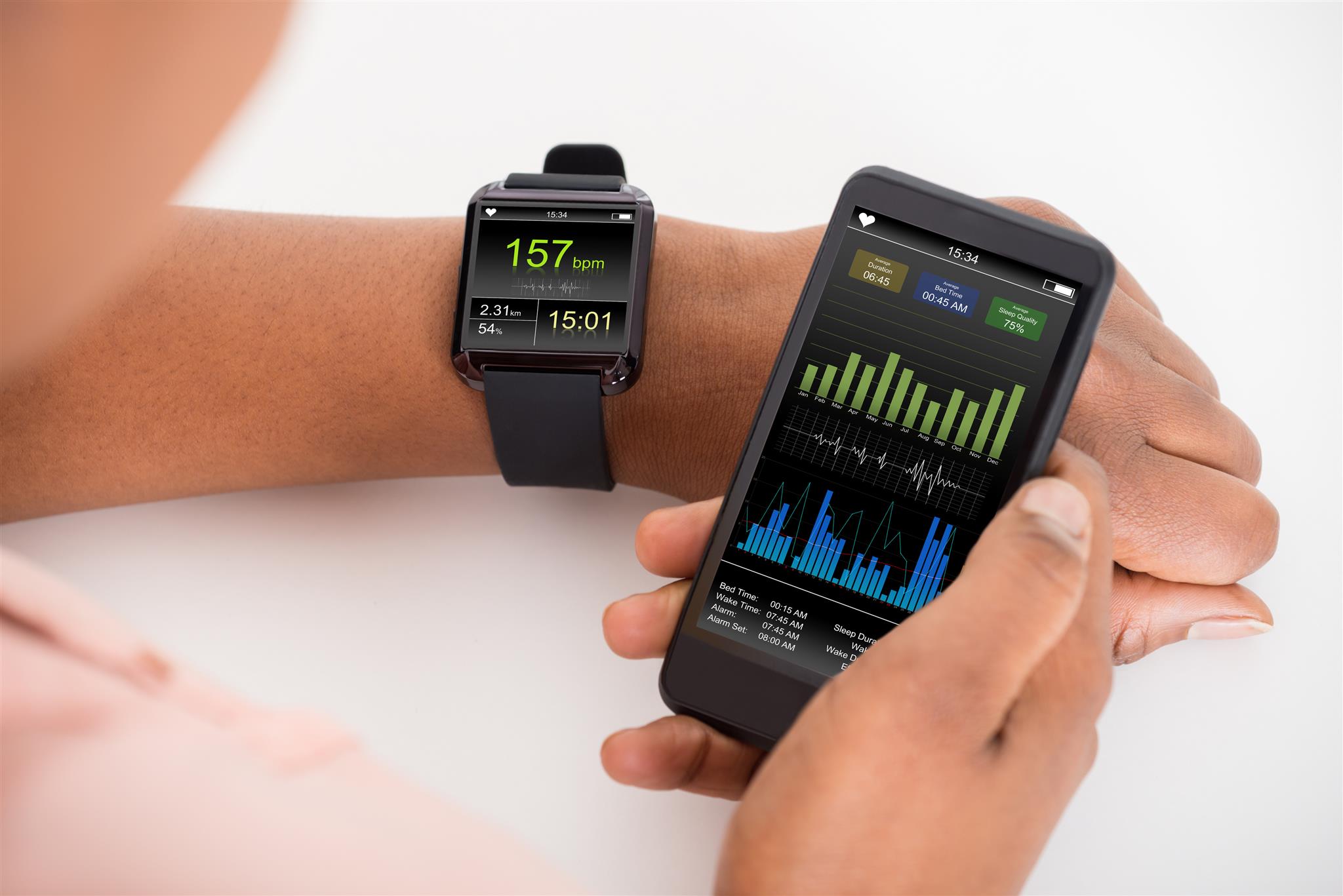
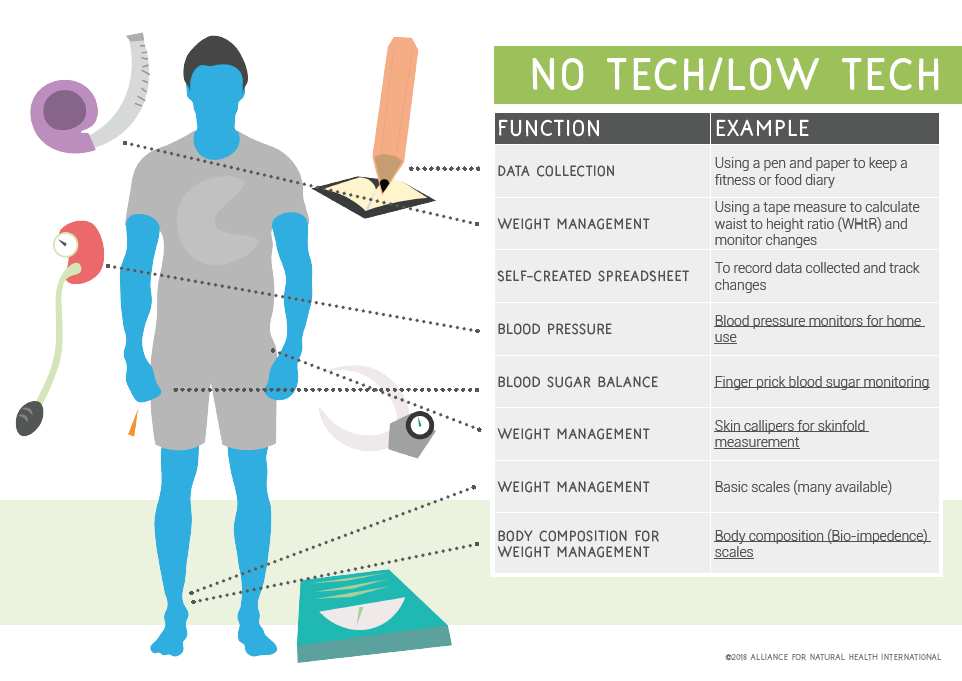

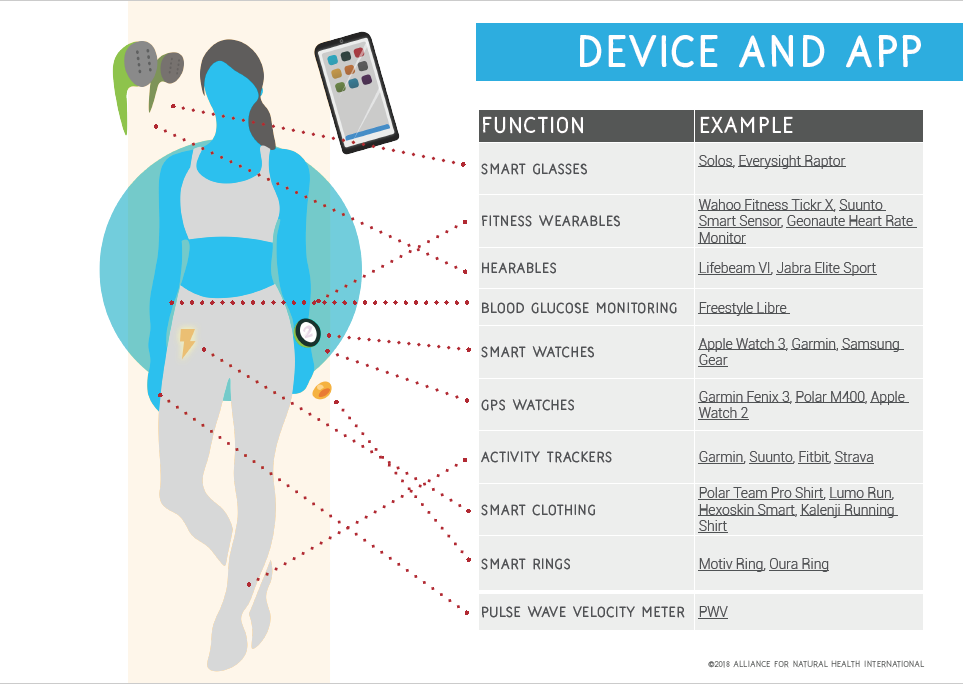

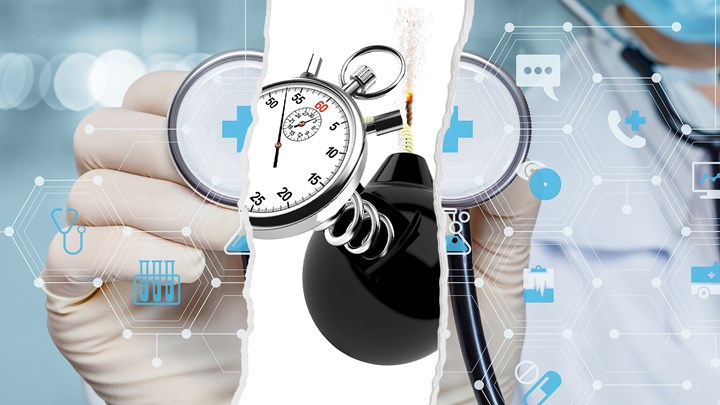
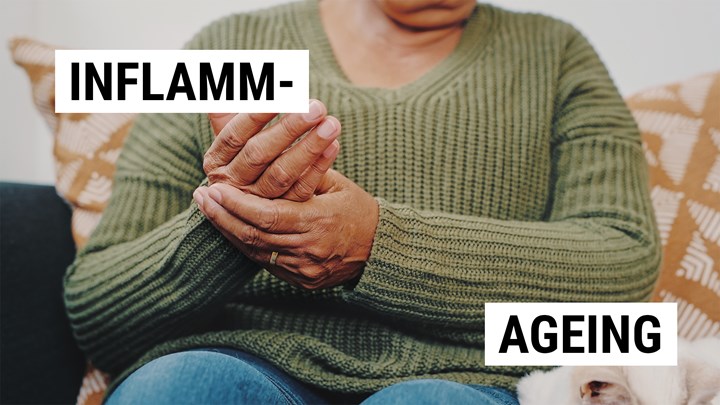
Comments
your voice counts
25 January 2018 at 8:21 pm
"Like them or not, wearable health devices and their associated apps are here to stay".
Yawn... am I reading the daily mindcapture?
Marketising sickness as healthcare is part of replacing truth with an illusion.
Sure - some tools can serve purpose.
It might be handy to have self blood/bio testing so as to get a sense of whether in fact there are issues imbalances - but just as with Mothers and ultrasound (which is not as risk free as marketed) there is an intuitive bond or communication that technology is intended to 'free us from', by replacing manual systems for natural processes of which we actually have very little understanding - especially when we have some....
By all means make 'progress' inevitable - already happened - no going back - too big to fail! Not that I care to try stop it. I'm of the feel for and following in a reintegrative path rather than some variation on 'war on nature'.
And a no tech way is to yield to wholeness by accepting what is and saying 'yes!' Not as an 'answer' but as an allowing of life to move through us because we are no longer at war with trying to force it or deny it and so having to manage as a conflicted sense of struggle to be won - or kept under control.
As with sex aids, if you use them, use them within and as part of a real relationship. Magnifying relationship naturally shifts from the need for stimulatory self gratifications. Health is a relational receiving and extending of life felt within, and sickness is a blocked or substituted sense of health, life and self.
What could be more 'natural' than our original nature? How about sickness as normal?
"Like them or not, sickness and its associated expressions, is here to stay".
Well that is your choice for you.
It is the marketing-speak that got my attention.
Oh and PS are those pop ups that almost everyone uses to try to catch an email sub just because you move the mouse or come to the site, 'here to stay'?
27 January 2018 at 9:26 am
Bravo Brian Steere, for articulating the sense of unease I felt, as I read this article, but could not have expressed as clearly & succintly as you have.
Your voice counts
We welcome your comments and are very interested in your point of view, but we ask that you keep them relevant to the article, that they be civil and without commercial links. All comments are moderated prior to being published. We reserve the right to edit or not publish comments that we consider abusive or offensive.
There is extra content here from a third party provider. You will be unable to see this content unless you agree to allow Content Cookies. Cookie Preferences